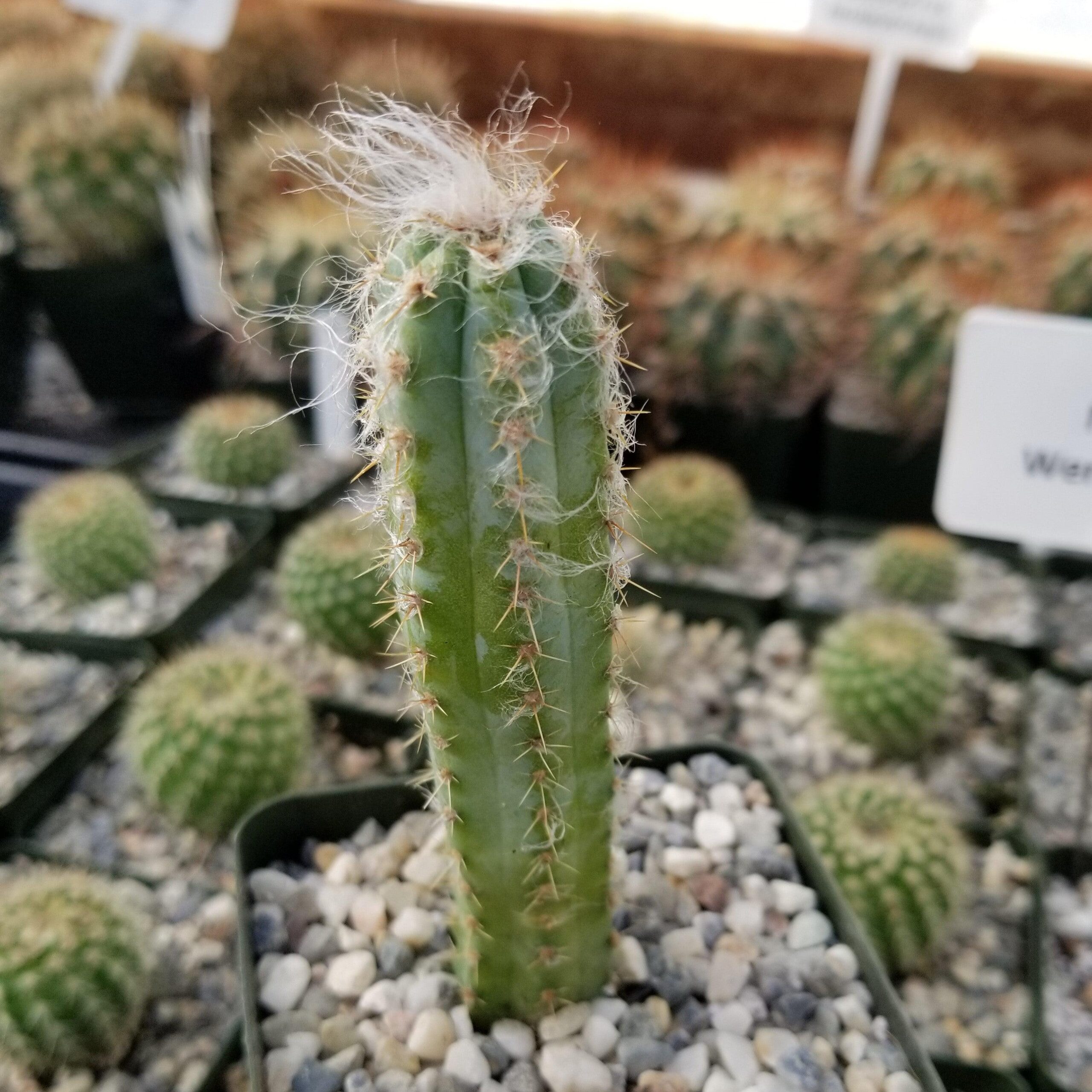Cacti, commonly perceived as mere desert dwellers adorned with spines, possess multitudes of fascinating species that defy simplistic characterization. Among these, the genus Pilosocereus stands out as a testament to resilience, adaptability, and ecological significance. Featured prominently in arid landscapes of the Americas, these columnar cacti captivate the eye and provoke thought. This guide seeks to elucidate the unique characteristics, cultivation methods, and ecological roles of Pilosocereus, promising a shift in your perspective toward these remarkable plants.
The Essence of Pilosocereus
The genus Pilosocereus, a member of the Cactaceae family, encompasses a variety of species predominantly found in the Caribbean and parts of Central and South America. With over a dozen recognized species, their morphology ranges from imposing columns to intricate clumps, often adorned with tufts of fine hair that lend them an almost ethereal appearance. The attributes of these cacti extend beyond their aesthetics; they are intricately connected to their native ecosystems, showcasing a tapestry of biodiversity.
Distinctively, Pilosocereus species can exist as solitary columns or form clusters, often reaching impressive heights of up to 10 meters (approximately 33 feet). Their ascendant growth patterns and cylindrical forms enable them to capture sunlight efficiently, a critical adaptation for survival in their native habitats. The coloration of their skin often varies from a pleasant blue-green to a more vibrant green, adorned with accentuating spines that serve both protection and intrigue.
As with many cacti, Pilosocereus fulfills the roles of both a food source and a habitat provider. Their flowers, typically nocturnal and fragrant, attract a multitude of pollinators, including bats and moths. Furthermore, the fruits of Pilosocereus are not only edible but also cherished in local cuisines, showcasing the plant’s profound connection to human culture and its role in sustainable practices in arid regions.
A Journey Through Species Diversity
Not all species within the Pilosocereus genus are alike; each presents a unique profile replete with its own charm and utility. Notably, Pilosocereus cephalocereus remains one of the most recognizable. This species, often referred to as the “candelabra cactus,” is native to the Bahamas and exhibits striking columnar growth adorned with robust spines. Its stature and resilience render it a focal point in tropical gardens as well as an ecological beacon in its native habitat.
Another remarkable species, Pilosocereus azureus, can be found in the lush landscapes of Brazil. With a soft, bluish hue, this cactus flourishes in various conditions, making it a favorite among collectors and gardening enthusiasts. The azure hue, attributed to a higher concentration of waxy coating, not only adds to its aesthetic appeal but also serves a practical purpose by minimizing water loss in the harsh conditions of its native environment.
Meanwhile, the Pilosocereus pachycladus is native to the arid regions of Ecuador, characterized by its stout, club-like form. Its resilience to drought and ability to thrive in nutrient-poor soils embody the survivalist spirit of the Pilosocereus genus. Each species of Pilosocereus not only contributes to the identity of the genus but also to the biodiversity of its native ecosystems, highlighting the importance of conservation efforts for these unique plants.
Cultivation of Pilosocereus: A Delicate Balance
For enthusiasts captivated by the Pilosocereus genus, cultivating these cacti can be both rewarding and instructional in understanding the broader principles of botany and ecology. Successful cultivation begins with an appreciation for the native habitats of these cacti. They thrive in well-draining soils and require bright, indirect sunlight. Depending on the species, the watering regime can vary, but caution should be exercised to avoid overwatering, as Pilosocereus cacti are particularly sensitive to excess moisture.
Adopting a potting mix designed specifically for cacti—which typically includes components like coarse sand, perlite, and peat—will enhance drainage and mimic the cactus’s natural environment. The container in which they are planted should also promote airflow and prevent stagnant water. During the growing season in spring and summer, a diluted fertilizer can be applied to boost growth. Nonetheless, a period of dormancy in cooler months without fertilizer is necessary for optimal health.
Environmental considerations play a pivotal role in the success of cultivating Pilosocereus. These cacti are typically not frost-tolerant, requiring protection from cold temperatures. In temperate regions, cultivating them in pots allows for mobility, providing the option to bring them indoors during winter months to prevent damage from frost.
The Ecological Role of Pilosocereus
The ecological significance of Pilosocereus extends beyond their physical attributes. These cacti serve as vital components of their natural habitats, contributing to ecosystem stability and diversity. Notably, they are essential in soil stabilization, preventing erosion in arid landscapes where vegetation can be scarce. Their extensive root systems help bind the soil, facilitating water retention and providing a substrate for other flora and fauna.
Additionally, Pilosocereus species act as keystone species within their ecosystems. They provide nourishment and shelter for a variety of wildlife. Birds, insects, and mammals utilize the flowers and fruit for sustenance. The intricate relationships between these cacti and their pollinators exemplify the importance of plant-animal interactions in botanical ecology, reinforcing the idea that each species plays an integral role in sustaining its ecosystem.
As global environmental concerns escalate, protecting the habitats of Pilosocereus is critical. Overexploitation, habitat destruction, and climate change pose significant threats to their populations. In many regions, these cacti face challenges from urban development and agricultural expansion. Progressive conservation efforts and public awareness are essential to ensure the longevity of these remarkable plants and their respective ecosystems.
Conclusion: A New Lens on Cacti
The genus Pilosocereus stands as a testament to the complexity and resilience of cactus species. Their captivating morphologies, coupled with their profound ecological roles, provide a fresh perspective on the importance of biodiversity. As individuals who appreciate these unique plants, a deeper understanding can lead to enhanced cultivation practices and a commitment to conservation. Whether you’re a seasoned collector or a curious novice, the world of Pilosocereus invites exploration and respect, showing just how integral these magnificent cacti are to our planet’s environmental tapestry.

Leave a Comment